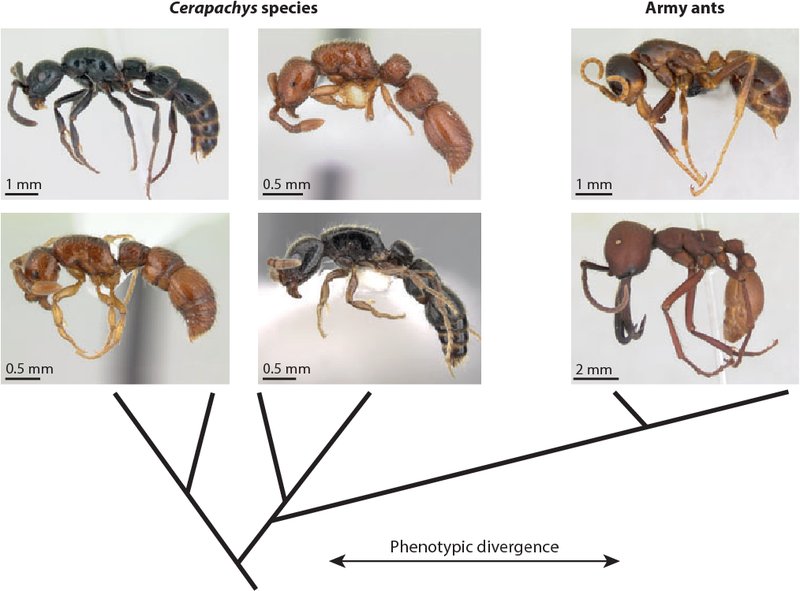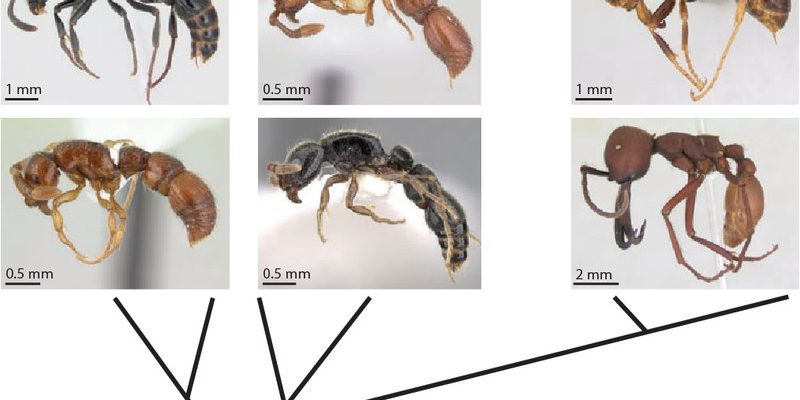
Fire ants, particularly the *Solenopsis* genus, made their way into the spotlight due to their aggressive nature and notable impact on ecosystems. They can be found in various parts of the world, mostly in the Americas, and their adaptability has allowed them to thrive in multiple environments. So, grab a cup of coffee, and let’s unravel the story behind these intriguing insects—it’s a tale of survival, adaptation, and, yes, a little bit of chaos.
The Origins of Fire Ants
Fire ants are believed to have originated in South America, specifically in the region that includes Brazil and Argentina. Their existence can be traced back millions of years. When we think about evolution, it’s like watching a slow-motion movie. Over time, fire ants adapted to their environment, developing characteristics that allow them to thrive.
These ants evolved to be resilient, with a social structure that emphasizes teamwork. Forming supercolonies, they can quickly increase their numbers and dominate their surroundings. This adaptability is crucial in a world where resources can be scarce and competition fierce. As they spread across the globe, they carried with them a fascinating survival story.
They weren’t always the notorious pests we know today. In their early days, they were just another player in the intricate web of life, competing for resources and striving to survive like everyone else. This journey of evolution sets the stage for how they became significant players in ecosystems today.
Fire Ants’ Arrival in North America
The move of fire ants to North America can be attributed to human activity. In the 1930s, they hitched a ride in shipping containers, sneaking into the United States through the port of Mobile, Alabama. This would become their new ground zero. With no natural predators in this foreign land, fire ants quickly established themselves.
Once they arrived, it was like unleashing a wild beast. They spread rapidly through the southern United States, adapting to various climates and habitats. Honestly, this success story illustrates how adaptable these ants can be. From urban environments to rural areas, they found their way into gardens, fields, and even playgrounds.
You might be wondering what this means for the environment. Well, in some cases, their presence can disrupt local ecosystems. They often outcompete native ant species, which can lead to a decline in biodiversity. This underlines the importance of understanding how species like fire ants can impact their new homes.
Fire Ant Behavior and Social Structure
One of the most fascinating aspects of fire ants is their behavior. They have a complex social structure that’s crucial for their survival. A colony typically consists of a queen, workers, and sometimes male ants. The queen’s main job is to reproduce, while the workers handle foraging, nest building, and defense.
Fire ants are known for their remarkable teamwork. When their nest is threatened, they don’t just scatter. Instead, they band together to defend their home, often attacking in waves. Imagine a well-rehearsed team; that’s how they operate. This collaborative effort is essential for protecting their territory and ensuring the survival of their colony.
Another interesting point to note is their communication methods. Fire ants have a unique way of sending messages through pheromones, which are chemical signals that trigger specific responses. This system allows them to alert others about dangers or even guide fellow ants to food sources. It’s a bit like a GPS for ants, helping them navigate their world in a way that showcases their intelligence and adaptability.
The Role of Fire Ants in Ecosystems
You might be surprised to learn that fire ants, while often considered pests, play a significant role in their ecosystems. They are not just fighters; they are also scavengers and predators. By eating dead insects and organic material, they help decompose and recycle nutrients back into the soil.
Moreover, fire ants can influence the population dynamics of other species. Through predation, they keep certain insect populations in check. This balancing act can be beneficial to farmers and gardeners, as it helps maintain a healthy environment. It’s a classic case of “every action has a reaction.”
Yet, their presence is a double-edged sword. In some situations, their aggressive behavior can negatively impact local wildlife. For instance, they may prey on young birds or reptiles, leading to declines in those populations. It’s a constant tug-of-war—fire ants are both helpers and disruptors.
Human Interaction with Fire Ants
Our relationship with fire ants is complicated. On one hand, they can be beneficial, as mentioned earlier. But on the other, they can wreak havoc in our homes and yards. Fire ants are notorious for their painful stings, which can cause allergic reactions in some individuals. You might have heard stories of children playing in the grass only to end up covered in angry, stinging ants—definitely not a fun day at the park!
In urban areas, fire ants can invade gardens, destroy plants, and create unsightly mounds. This has led many people to seek solutions for fire ant control. The methods range from natural deterrents to chemical baits. However, it’s essential to approach fire ant management carefully. Many solutions can harm beneficial insects, so finding a balance is key.
Understanding fire ants’ behavior and habitat preferences can help reduce encounters with them. For instance, keeping yards clean and free of food debris can make them less likely to settle in your area. Here’s the thing: if you can’t beat them, understanding them is your best defense.
The Future of Fire Ants
As we look forward, the future of fire ants is still uncertain. Climate change and habitat alteration could impact their distribution and behavior. Warmer temperatures might expand their range even further, potentially reaching areas that were once too cold for them. This could lead to more confrontations with humans and other species.
Furthermore, research is ongoing to find effective management strategies that minimize their impact without harming other wildlife. Scientists are constantly studying these ants to learn more about their behavior, adaptability, and the ecological roles they play. Each discovery adds a piece to the puzzle of understanding these complex creatures.
Ultimately, the evolution and history of fire ants are stories of resilience and adaptability. They’ve thrived against the odds, and while they can be a nuisance, they also contribute to the ecosystems in which they live. Learning more about them helps us appreciate their role in nature, even if we don’t want them in our backyards.
In conclusion, the story of fire ants is one of evolution, adaptation, and complexity. From their origins in South America to their current status as prominent pests in North America, they have navigated through challenges with impressive resilience. Fire ants may be small, but their impact is anything but insignificant.
Understanding these fascinating creatures can enhance our relationship with them—whether it’s finding ways to coexist peacefully or managing their populations effectively. Next time you encounter a fire ant, remember that behind that tiny body is a vast history filled with survival and adaptation. So, the next time you see a cluster of them, take a moment to appreciate the journey they’ve taken to be a part of our ecosystems. Who knew a little ant could pack such a punch in the story of life?

